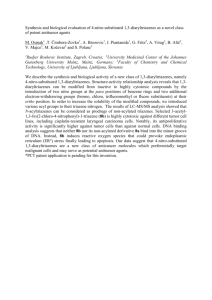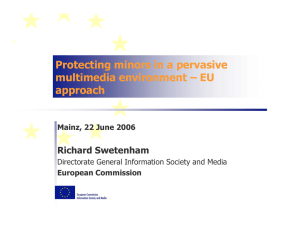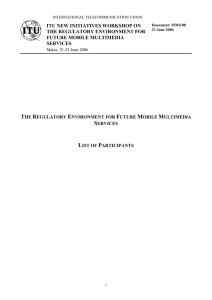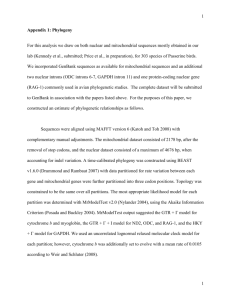Diversity of song bird faunas in the sino-himalayan region
advertisement
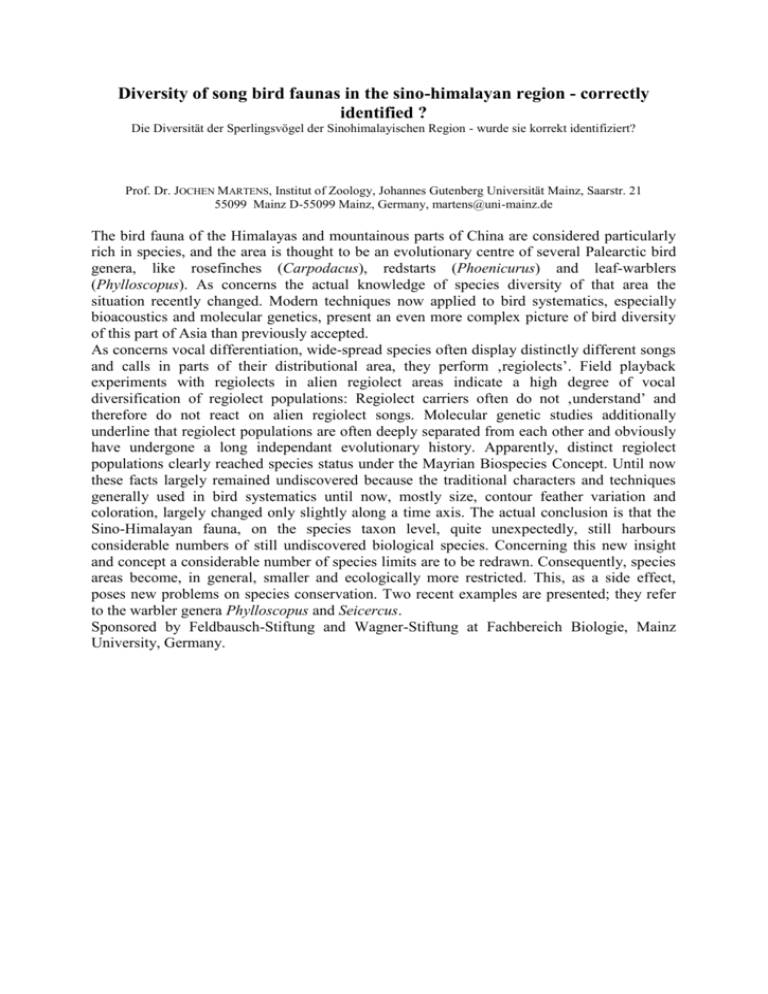
Diversity of song bird faunas in the sino-himalayan region - correctly identified ? Die Diversität der Sperlingsvögel der Sinohimalayischen Region - wurde sie korrekt identifiziert? Prof. Dr. JOCHEN MARTENS, Institut of Zoology, Johannes Gutenberg Universität Mainz, Saarstr. 21 55099 Mainz D-55099 Mainz, Germany, martens@uni-mainz.de The bird fauna of the Himalayas and mountainous parts of China are considered particularly rich in species, and the area is thought to be an evolutionary centre of several Palearctic bird genera, like rosefinches (Carpodacus), redstarts (Phoenicurus) and leaf-warblers (Phylloscopus). As concerns the actual knowledge of species diversity of that area the situation recently changed. Modern techniques now applied to bird systematics, especially bioacoustics and molecular genetics, present an even more complex picture of bird diversity of this part of Asia than previously accepted. As concerns vocal differentiation, wide-spread species often display distinctly different songs and calls in parts of their distributional area, they perform ‚regiolects’. Field playback experiments with regiolects in alien regiolect areas indicate a high degree of vocal diversification of regiolect populations: Regiolect carriers often do not ‚understand’ and therefore do not react on alien regiolect songs. Molecular genetic studies additionally underline that regiolect populations are often deeply separated from each other and obviously have undergone a long independant evolutionary history. Apparently, distinct regiolect populations clearly reached species status under the Mayrian Biospecies Concept. Until now these facts largely remained undiscovered because the traditional characters and techniques generally used in bird systematics until now, mostly size, contour feather variation and coloration, largely changed only slightly along a time axis. The actual conclusion is that the Sino-Himalayan fauna, on the species taxon level, quite unexpectedly, still harbours considerable numbers of still undiscovered biological species. Concerning this new insight and concept a considerable number of species limits are to be redrawn. Consequently, species areas become, in general, smaller and ecologically more restricted. This, as a side effect, poses new problems on species conservation. Two recent examples are presented; they refer to the warbler genera Phylloscopus and Seicercus. Sponsored by Feldbausch-Stiftung and Wagner-Stiftung at Fachbereich Biologie, Mainz University, Germany.





